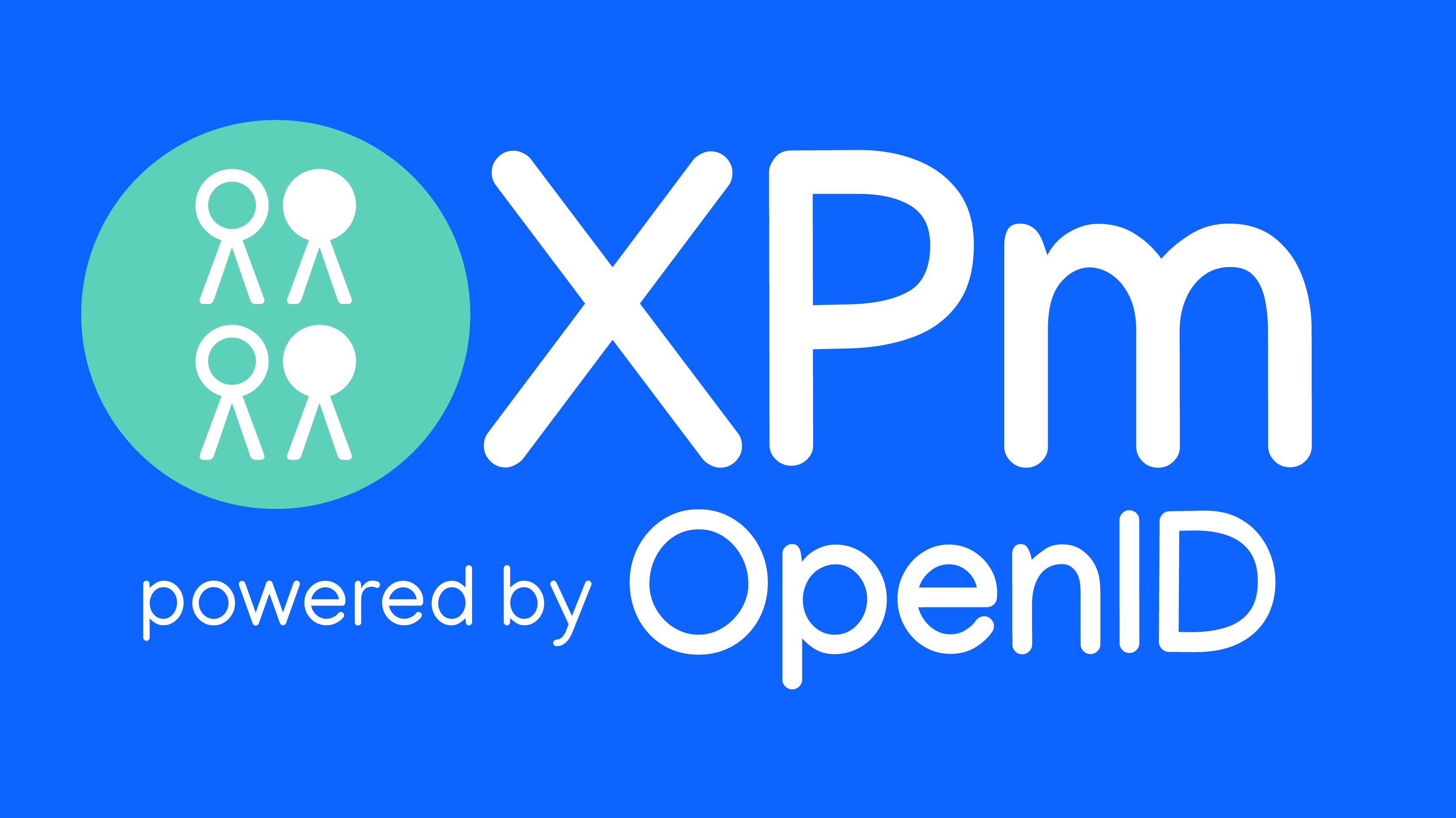OpenAP’s XPm Providing Cross-Platform Metrics With Multiple Measurement Companies
Comscore, iSpot, Nielsen, VideoAmp, 605 and Innovid participating

OpenAP, the advanced advertising company, said it launched XPm, which gives advertisers the cross-platform campaign metrics they have been demanding with a choice of measurement companies.
Measurement companies Comscore, iSpot, Nielsen, VideoAmp and 605 are working with OpenAP, along with Innovid, which is offering enhancements to digital measurement for use in XPm reporting.
The measurement companies have found ways to integrate their own process for identifying consumers with OpenAP’s OpenID. Buyers using the OpenAP platform will be able to pick which provider they want to handle measurement (most buyers already have contractual relationships enabling them to use data from the providers involved).
Media agencies GroupM, dentsu and Horizon Media are among the first agencies to buy campaigns using XPm to plan and measure the targeted impressions delivered by their client’s advanced advertising campaigns.
“Now advertisers can actually have an understanding of who they’re reaching on a de-duplicated basis,” David Levy, CEO of OpenAP told Broadcasting+Cable. “They wanted choice, so we’ve brought in multiple providers and we’ve had strong buy-side adoption already and continued participation.”

OpenAP’s announcement comes at a time when measuring the de-duplicated reach and frequency of campaigns running on both linear TV and digital video has become increasingly difficult. Measurement in general has become more of an issue across the TV industry, with networks, media agencies and advertisers seeking alternatives to Nielsen, the often criticized leader in the field.
The inability to get reliable cross-platform metrics has been a significant speedbump for switching from planning and buying campaigns based on traditional age and sex demographics like women 18 to 49 to more specific targets based on factors including consumer behavior, such as suburban women who drive SUVs whose leaser are up in the next six months.
The smarter way to stay on top of broadcasting and cable industry. Sign up below
“Measurement that keeps pace with our industry's rapidly changing shift to on-demand consumption and addressable advertising can only be scaled when buyers and sellers get behind an idea and support it," said Matt Sweeney, GroupM North America chief investment officer. "OpenAP’s OpenID and XPm solution is a critical step in enabling true cross-platform measurement and audience delivery a reality for our clients."
Open AP was formed in 2017 by Fox, Viacom and Turner Broadcasting to offer standards for defining advanced targets. Open AP has since been transformed into a company owned by media companies including Fox, Comcast/NBCU and ViacomCBS offering one-stop shopping and optimized campaigns to advertisers looking to create data-targeted campaigns.
Most large media companies are working with OpenAP. The media companies provide information about the inventory they have available for targeted campaigns, but transactions are done between the media company and the advertiser and its agency.
Levy said that OpenAP’s volume is up 75% to 100% from last year to well over nine figures per quarter. GroupM, dentsu and Horizon are running all of their advanced audience campaign through OpenAP’s platform, he said.
Having a better way to measure those campaigns can only help. “We’ve been pretty stagnant from a measurement innovation perspective for a long time,” Levy said. “The idea that billions of dollars are transacted in this and yet as a marketer, there is still an issue with being able to count how many people you reached in linear and not having that match up with anything you’re doing in digital. It’s kind of crazy.”
OpenAP announced in April that most media companies and media buyer had signed up for its new OpenID platform, and that would clear the way for the Holy Grail of cross-platform measurement.
In addition to helping advertisers ensure they’re spending their ad dollars effectively, cross platform measurement is important to avoid showing consumers the same commercial over and over, ruining the viewer experience.
“We all compete for consumers' time and if we deliver bad experiences, well, then we can’t fault anyone but ourselves if people continue to leave television,” Levy said.
There are three components necessary for delivering cross platform measurement. The first is to use the same targeting segments across all transactional environments, whether the media inventory being bought is linear, CTV, mobile or addressable. Step two is being able to ingest the impression level delivery data and a common ID system.
Those are done. “Now we have the ability to create a campaign on one audience and distribute that audience to any publisher and deliver that to a measurement provider so they can produce cross-platform measurement,” Levy said.
The measurement companies do the third thing by processing the data and providing reports.
The VAB’s new Measurement Innovation Task Force will operate as the governing body of XPm in order to create common standards and establish controls on how data is used on behalf of TV publishers. Measurement company requirements will be defined by the Task Force, with all solutions subject to validation and verification by the VAB to ensure transparency of methodology and technical integration with OpenID.
“This is a seminal moment for the TV ecosystem, which is only just at the beginning of an era of tremendous innovation, collaboration and transparency. The future of video advertising will be built on and shaped by modern measurement solutions that allow for competition in the marketplace and more choice for advertisers — which is delivered by this initiative on an open stage. The coming months and year ahead will be defined as a period of game-changing advancement for our industry,” said VAB CEO Sean Cunningham.
At this point, OpenAP has not seen wide variances between the audiences reported by the different measurement companies. That’s important as media companies and buyers start to use a variety of currencies to transact as well as plan and measure.
“There are differences in methodology, but we’re not really seeing wild swings,” Levy said. “I think the publishers need to make sure that the currencies are all stable so that they’re able to provide pricing in a reliable way.”■
Jon has been business editor of Broadcasting+Cable since 2010. He focuses on revenue-generating activities, including advertising and distribution, as well as executive intrigue and merger and acquisition activity. Just about any story is fair game, if a dollar sign can make its way into the article. Before B+C, Jon covered the industry for TVWeek, Cable World, Electronic Media, Advertising Age and The New York Post. A native New Yorker, Jon is hiding in plain sight in the suburbs of Chicago.

